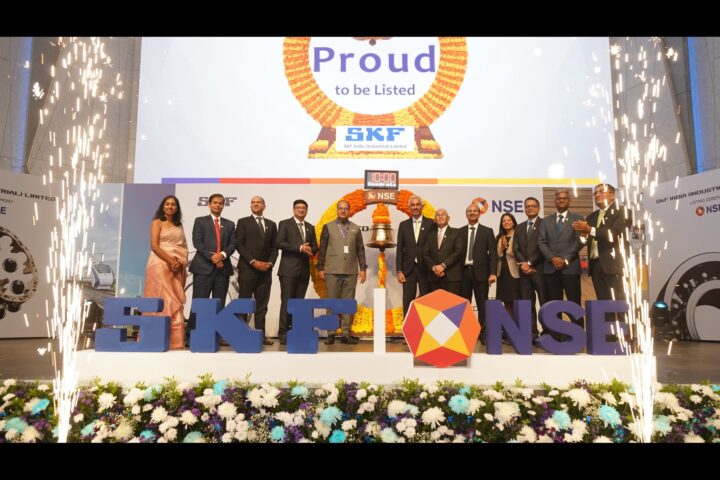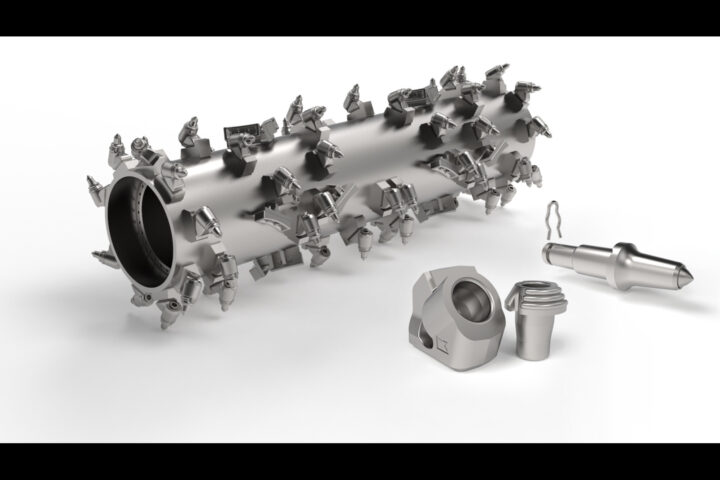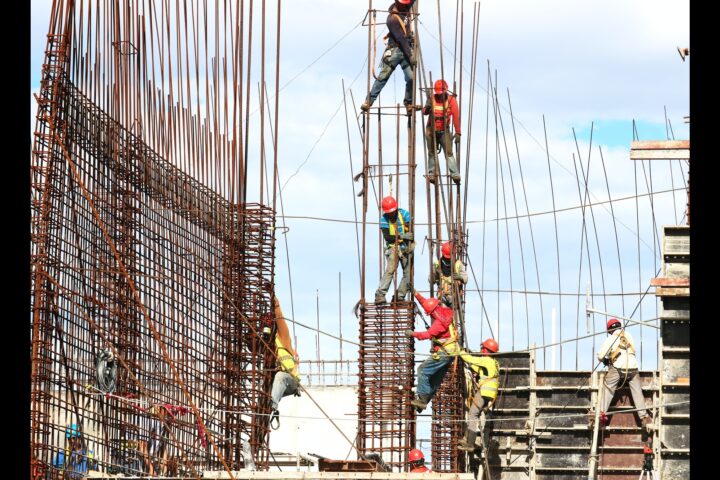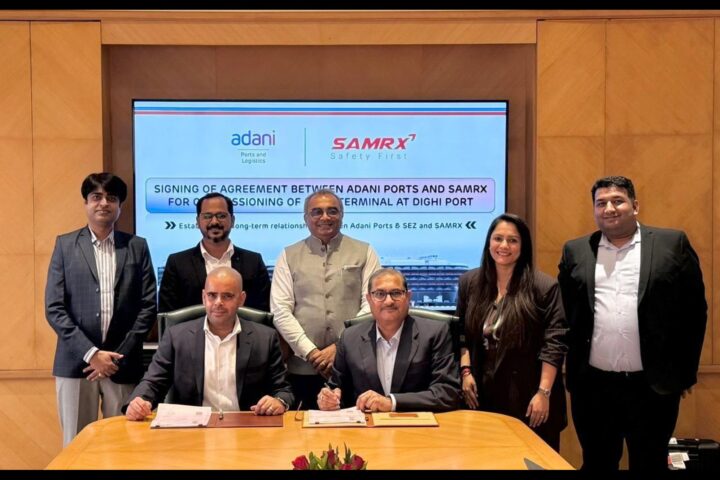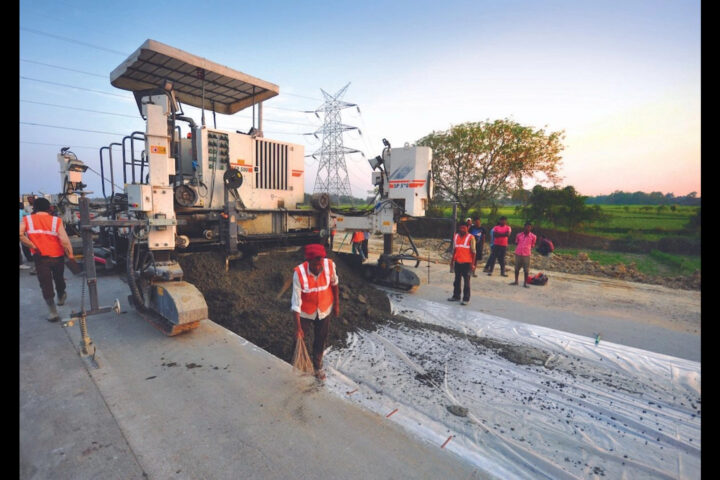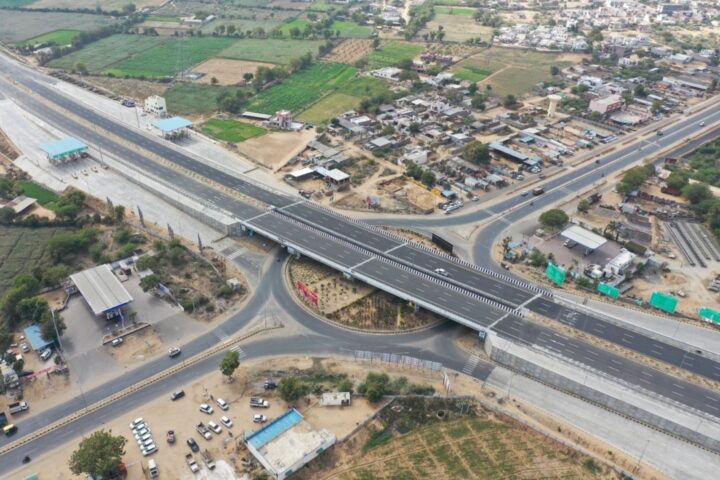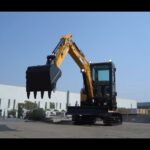by Manish Mehan, CEO and MD of TK Elevator India
India’s healthcare industry is witnessing a robust expansion, fueled by increasing investments in infrastructure, the modernization of hospitals, and a growing focus on patient-centric design. Within this transformative landscape, elevators stand as vital components of healthcare logistics, playing a crucial role in ensuring the safe and efficient movement of patients, staff, and essential medical equipment, particularly in multi-storey hospital settings. Consequently, upgrading these elevators is not merely an option but an essential step towards achieving the highest levels of safety, reliability, and overall efficiency within healthcare facilities.
The significance of this modernization is further underscored by market trends. According to a report by TechSci Research, the Indian elevator and escalator market is projected to grow at a CAGR of over 7% from 2024 to 2028. This growth is significantly driven by urbanization and the escalating demand from key sectors such as healthcare, commercial real estate, and residential complexes. Against this backdrop of expansion, modernizing healthcare elevators transcends mere aesthetic improvements; it represents a strategic imperative focused on enhancing safety protocols, ensuring stringent hygiene standards, and guaranteeing uninterrupted operational continuity within healthcare institutions.
To achieve these critical improvements, healthcare facilities can focus on five essential ways to upgrade their elevators for greater safety and reliability:
Modernizing control systems for enhanced performance is paramount. Outdated control systems can be a significant source of inefficiency and potential breakdowns, hindering the smooth flow of traffic within a hospital. Upgrading to modern, microprocessor-based controllers offers substantial improvements in this regard. These advanced systems can incorporate intelligent features like destination dispatch, which efficiently groups passengers based on their intended floors, thereby minimizing travel time and significantly reducing congestion – a critical factor in the often-frantic environment of busy hospitals. Furthermore, real-time monitoring capabilities integrated into these modern systems allow for predictive maintenance, enabling the early identification of potential issues before they escalate into disruptive service interruptions. Additionally, priority control functions, such as emergency recall, ensure swift and unimpeded elevator access during critical situations requiring immediate attention. Beyond these operational advantages, newer control systems often integrate energy-efficient algorithms, contributing to a reduction in the overall operational costs of the facility.
Bolstering safety with advanced features is non-negotiable in the sensitive environment of healthcare. Upgrading existing safety mechanisms is crucial to provide the utmost protection for vulnerable patients and the dedicated medical staff. This includes the replacement of older, less sensitive door safety mechanisms with modern light curtains. These advanced systems offer a more comprehensive and sensitive detection zone for obstructions, significantly minimizing the risk of accidents, especially when transporting patients on gurneys or with bulky medical equipment. Implementing or upgrading emergency communication systems with reliable backup power is another vital safety enhancement, ensuring that help can be summoned at any time, even during power outages. Automatic Rescue Devices (ARD) are also essential upgrades, providing a safe and automated means of evacuating passengers in the event of a power failure. Anti-rollback systems play a crucial role in preventing unintended car movement, a feature of particular importance when transporting patients on wheeled stretchers, ensuring their stability and safety. For healthcare facilities located in regions prone to seismic activity, incorporating earthquake-resistant technologies into elevator upgrades can safeguard the elevator’s structural integrity and ensure operational safety during such critical events.
Enhancing ride quality and patient comfort contributes significantly to the overall patient experience and well-being, particularly for those with injuries or undergoing medical treatment. Upgrading to newer, more efficient elevator machines equipped with advanced suspension systems effectively minimizes vibrations and noise levels within the car, creating a more serene and comfortable environment. Moreover, the implementation of precise leveling technology ensures that the elevator car aligns perfectly with the floor level at each stop, significantly reducing the risk of tripping hazards, which is especially important for patients with mobility challenges.
Prioritizing hygiene and accessibility reflects the evolving standards of patient-centric care in modern healthcare facilities. Upgrading to antimicrobial finishes on elevator car interiors and control panels can play a crucial role in inhibiting the growth and spread of bacteria and viruses, directly contributing to enhanced infection control within the hospital environment. The adoption of touchless control options, such as sensor-activated buttons or smartphone-based elevator call systems, further minimizes physical contact, thereby reducing the potential for cross-contamination. Increasing the physical dimensions of the elevator car and widening the doors are essential upgrades to ensure comfortable and unrestricted access for wheelchairs, stretchers, and various types of medical equipment. Incorporating features like non-slip flooring and strategically placed handrails enhances stability and safety for all users, particularly those with mobility limitations. Finally, ensuring that control panels are positioned at accessible heights and feature tactile markings caters to the specific needs of visually impaired individuals, promoting inclusivity and ease of use for everyone.
Implementing proactive and data-driven maintenance strategies is crucial for ensuring the long-term reliability and safety of healthcare elevators. Upgrading to a system that incorporates real-time performance monitoring allows for the early detection of potential issues and anomalies. This capability enables proactive maintenance interventions, preventing unexpected breakdowns and minimizing disruptive downtime, which is critical in a 24/7 healthcare environment. Utilizing digital platforms for comprehensive maintenance management streamlines the processes of scheduling, tracking, and documenting all service activities, ensuring accountability and efficiency. Partnering with certified maintenance providers who possess specialized expertise in healthcare elevator requirements guarantees adherence to stringent safety protocols and relevant regulatory compliance.
The growing emphasis from regulatory bodies on stringent safety standards and universal accessibility guidelines for elevators in public spaces, including hospitals, is further fueling the demand for modernization services. As older elevators in healthcare facilities need to be upgraded to meet these evolving norms, the industry is witnessing a significant rise in the adoption of advanced technologies in both elevator design and maintenance practices. There is a clear and growing demand for energy-efficient solutions aimed at reducing operational costs and aligning with broader sustainability goals. Furthermore, the increasing focus on patient comfort and hygiene is driving the adoption of features such as smoother ride technologies, antimicrobial finishes on surfaces, and touchless user interfaces. Product design specifically relevant to the Indian healthcare market is increasingly incorporating larger car dimensions and wider door openings to seamlessly accommodate the transportation of bulky medical equipment and patient stretchers, directly addressing the unique logistical needs of hospitals. Accessibility features, such as Braille buttons and audio-visual indicators, are becoming standard requirements in new installations and modernizations. The integration of remote monitoring and diagnostics is also gaining significant traction, enabling proactive maintenance and minimizing operational disruptions, which is particularly valuable in the context of large and often geographically dispersed healthcare networks across India. Ultimately, the emphasis on delivering robust and reliable performance, coupled with cost-effectiveness, continues to shape the strategic direction of elevator design and upgrade initiatives within the dynamic Indian healthcare elevator market.





